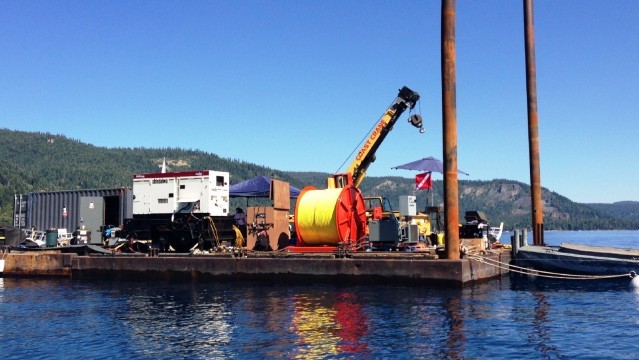On a summer day when the deep-blue water is filled with water-skiers, motorboats and kayaks, it’s hard to think of Lake Tahoe as anything but peaceful.
But every four thousand years or so, that changes. Lake Tahoe sits on top of three fault lines. And when an earthquake happens beneath such a deep lake, it causes big problems. The largest fault, the West Tahoe Fault, shifts vertically during quakes. When it shoots up, it pushes up the lake water. Geologist Gordon Seitz explained that during earthquakes the displaced water, “has to flow downhill and generates a wave. And this is a tsunami wave. And that wave, when it hits the shore, is probably on the order of 20, 30 feet high.”

Seitz, who works for the California Geological Survey, has been studying Tahoe’s faults since 1999. If he has a bit more urgency than you’d expect for someone studying a once-every-four millennia event, that’s because the last big quake happened, well, about 4,000 years ago.
“Do I expect it to happen tomorrow? Perhaps not,” Seitz said. “But if it did happen I wouldn’t be completely surprised.”
On Thursday afternoon, Seitz stood on a barge about 300 yards off the lake’s west shore. The barge is the operating base for a robotic submarine that is spending the week about a thousand feet below the lake’s surface, using high-definition cameras and ultrasound-like technology to examine the West Tahoe Fault.